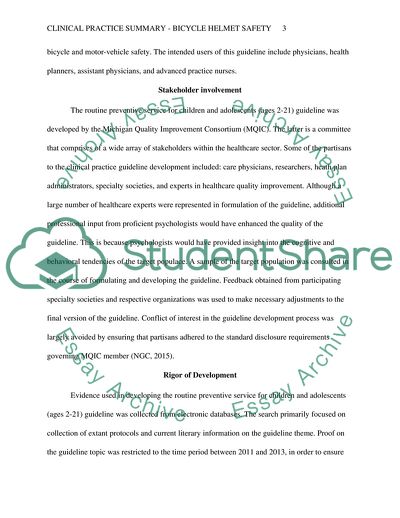Cite this document
(Clinical Practice Summary - Bicycle Helmet Safety Research Paper, n.d.)
Clinical Practice Summary - Bicycle Helmet Safety Research Paper. https://studentshare.org/medical-science/1880584-bicycle-helmet-safety
Clinical Practice Summary - Bicycle Helmet Safety Research Paper. https://studentshare.org/medical-science/1880584-bicycle-helmet-safety
(Clinical Practice Summary - Bicycle Helmet Safety Research Paper)
Clinical Practice Summary - Bicycle Helmet Safety Research Paper. https://studentshare.org/medical-science/1880584-bicycle-helmet-safety.
Clinical Practice Summary - Bicycle Helmet Safety Research Paper. https://studentshare.org/medical-science/1880584-bicycle-helmet-safety.
“Clinical Practice Summary - Bicycle Helmet Safety Research Paper”. https://studentshare.org/medical-science/1880584-bicycle-helmet-safety.


